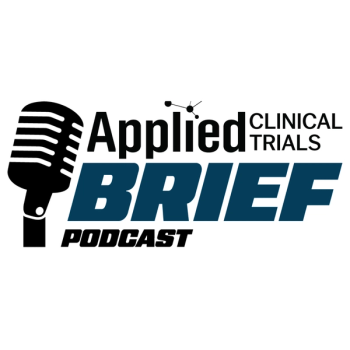
FDA Unveils Guidance for Biosimilar Development
After months of anticipation, the Food and Drug Administration issued
The
Unlike European regulators, FDA decided not to issue guidances for developing biosimilars in different drug product classes. If a specific issue arises with a specific class, we may write guidance, explained Rachel Sherman, director of the Office of Medical Policy in FDA’s Center for Drug Evaluation and Research. But so far, she said at a press briefing, “this has not been seen at the most efficient route.”
To avoid redundant and unnecessary animal and clinical testing, FDA will permit sponsors to use a non-US licensed comparator in certain studies, with appropriate bridging data. Most applications, though, will require some additional clinical trials, and Sherman expects that all will need immunogenicity studies.
Once FDA determines that a product is biosimilar, the sponsor can opt to demonstrate interchangeability. That will require additional switching studies to show that changing to the new product does not affect safety and efficacy. Interchangeability is a separate determination, and it’s sequential, Sherman emphasized. “It would not look like the generic drug model at all.”
FDA expects to be inundated with comments of these
Newsletter
Stay current in clinical research with Applied Clinical Trials, providing expert insights, regulatory updates, and practical strategies for successful clinical trial design and execution.




